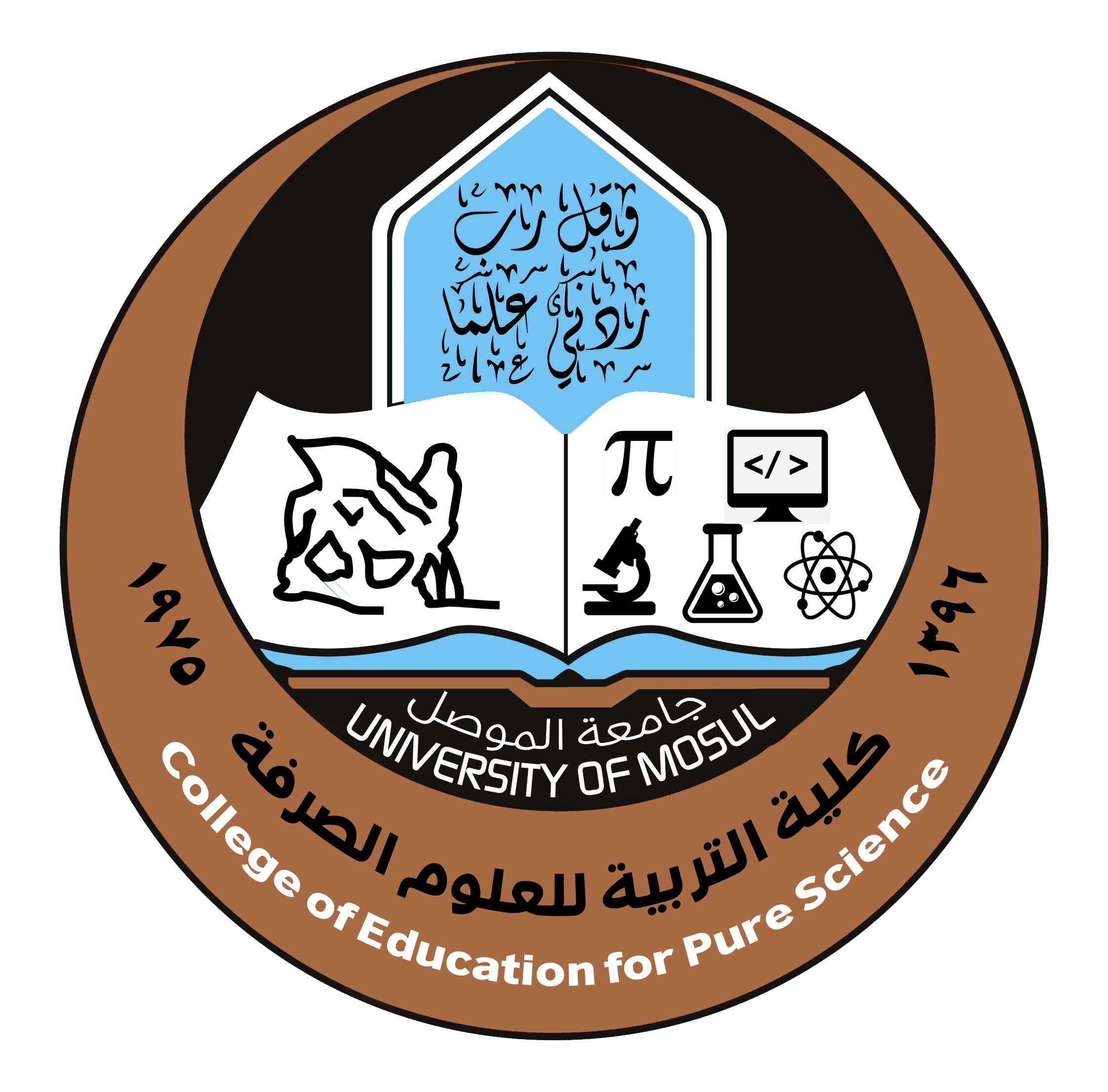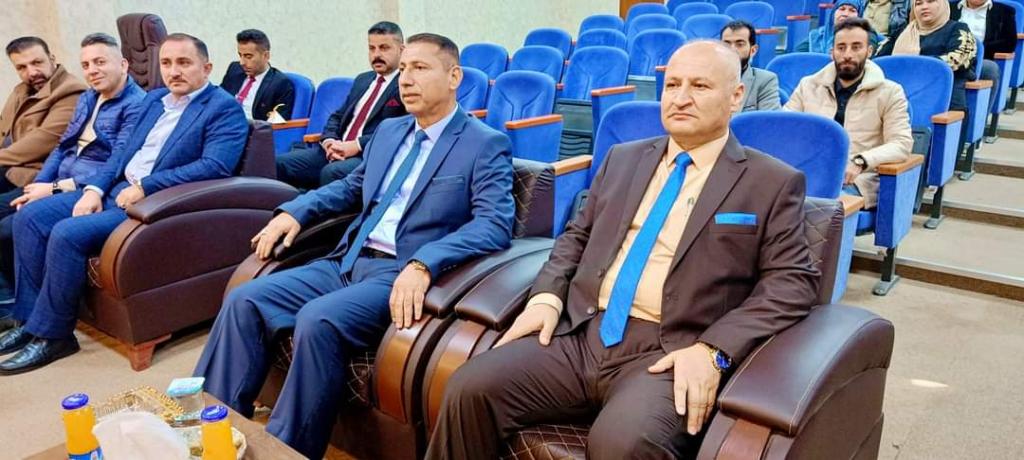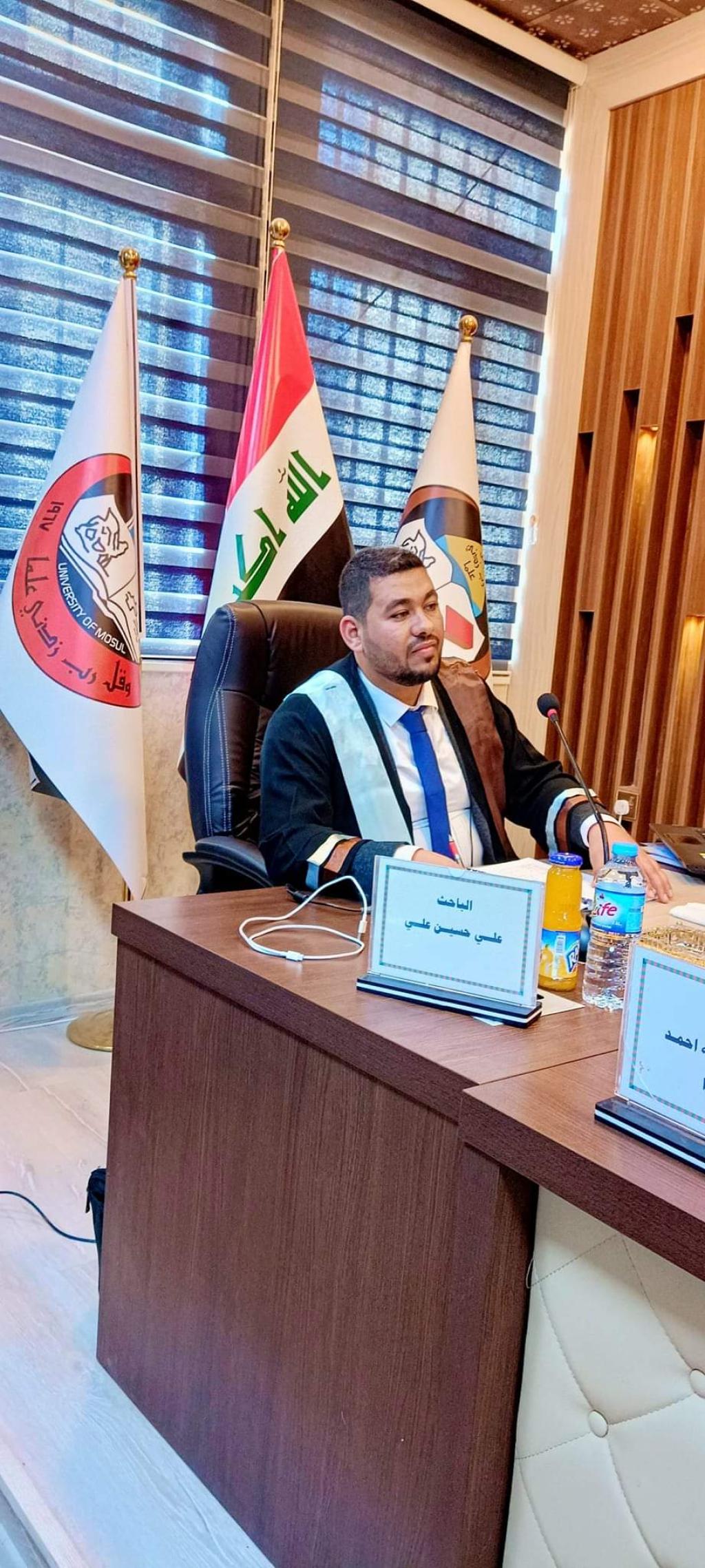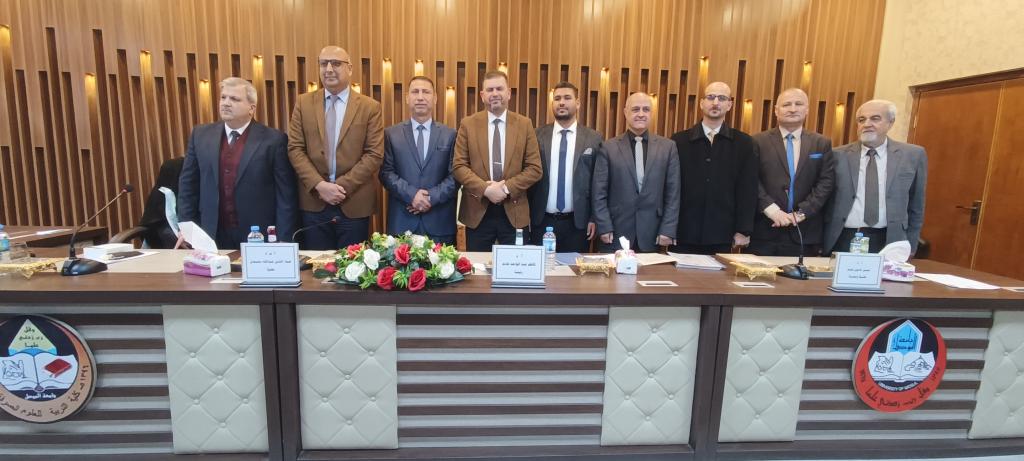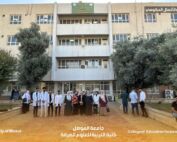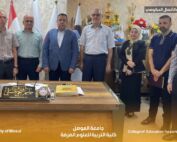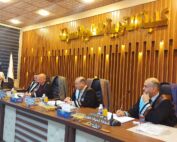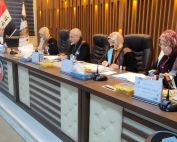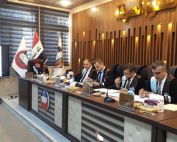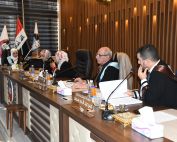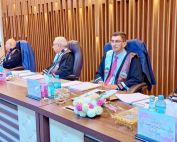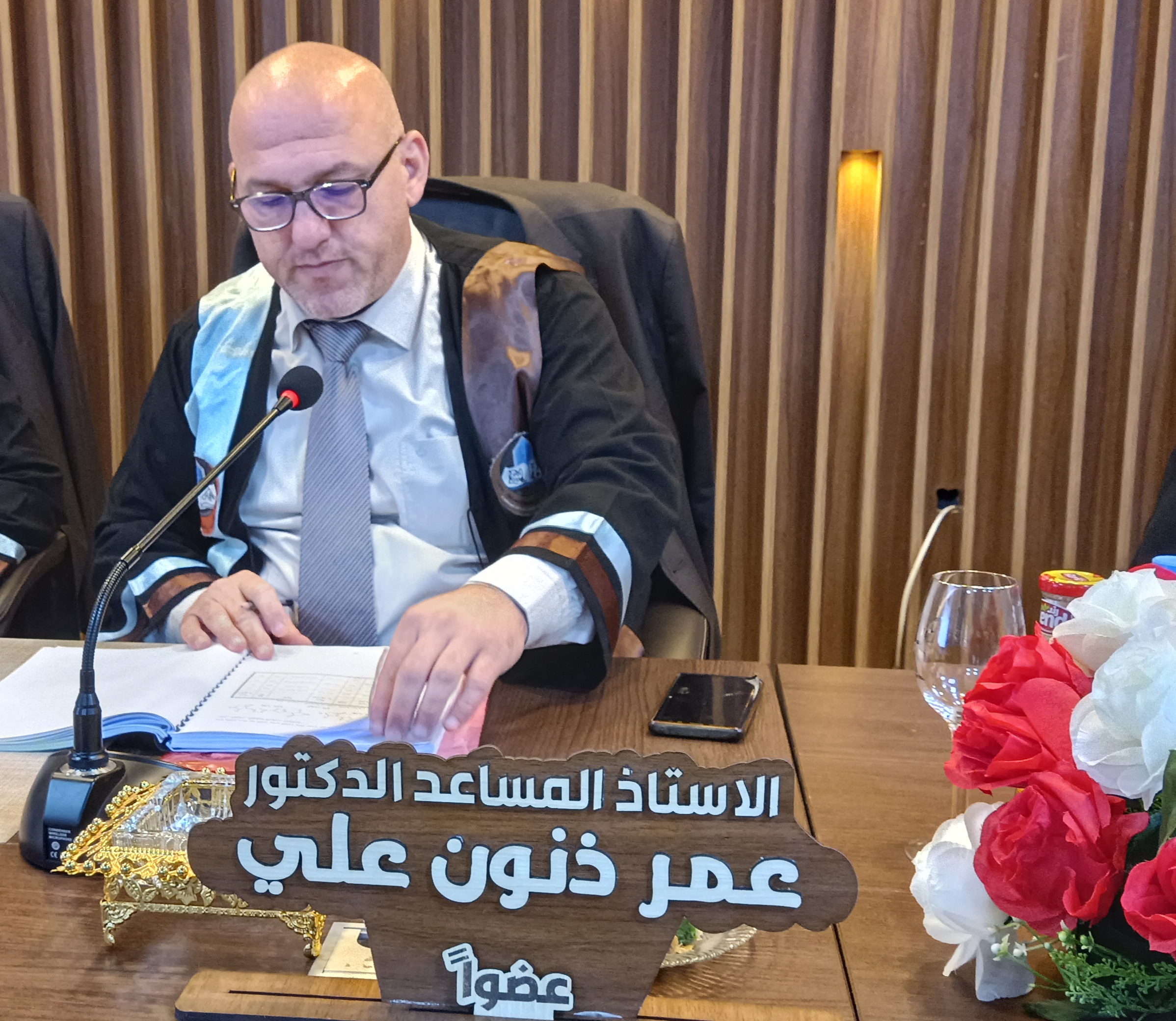19 February، 2023
Master Thesis Viva- Physics Department
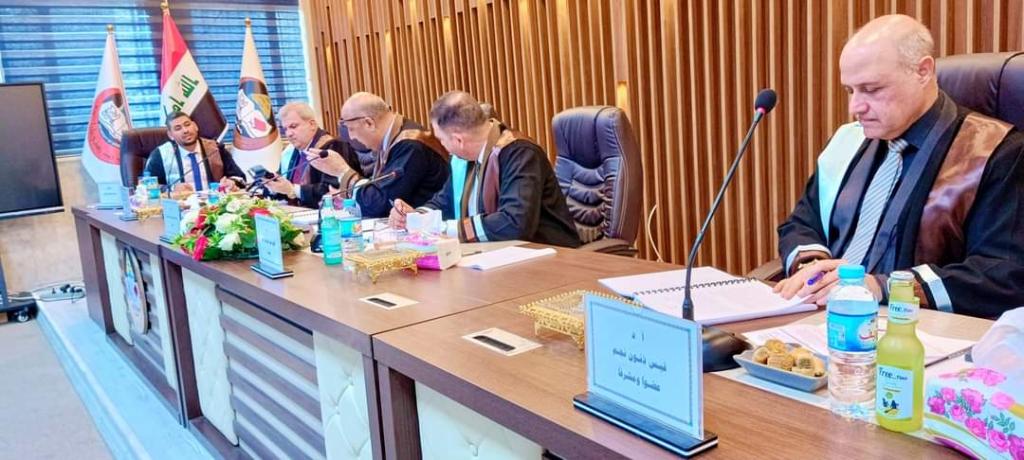
Master Thesis Viva in the College of Education for Pure Science entitled ” Modeling the Dependence of the Excited Particles in the Negative Corona on the time of the Applied Electric Potential “The College of Education for Pure Science, University of Mosul, has done the Master Thesis Viva entitled ” Modeling the Dependence of the Excited Particles in the Negative Corona on the time of the Applied Electric Potential”,On Sunday, February 19, 2023, the College staff including the respected Dean of the College, Assistant Professor Dr. Qais Ismail Ibrahim, the Honorable Scientific Associate and Administrative Associate, the Honorable Head of the Department of Physics, and a number of the college’s teachers were attended the viva. This study, presented by the Master student Ali Hussein Ali Abboud in the Department of Physics, focused the effect of the time of rising voltage applied on the properties of the negative corona discharge in helium gas, especially its effect on excited particles in a concentric cylindrical system. The study included one-dimensional numerical modeling in the representation of the electrical discharge of the negative corona , based on the commercial Comsol program. The dimensions of the concentric system were chosen to meet the conditions for the electrodes in which the corona discharge occurs, as the radius of the axial electrode it is equal to (0.1 mm) while the outer electrode radius is (20 mm). . The axial electrode was connected to the high voltage source with a negative voltage of 1kV through a capacitive-resistance circuit and this circuit was used to control the voltage rise time. The mathematical model was based on the physical and chemical behavior of three main types of particles in the plasma, which are electrons and positive ions, in addition to excited particles. The model included seven basic reactions for the three types of particles involved in the interactions. The results showed that the fast rise time of the applied voltage produce, the density of the charged particles is large compared to the case of the slow rise time , while in all cases the density of excited particles remains almost constant at the initial value. After the applied voltage reaches a steady state, the excited particles density starts to increase. The highest increase in excited particles is when the voltage is stable for the relatively fast voltage rise time. It was concluded that the secondary electrons are responsible for the excitation reactions.The Viva committee was chaired by Prof. Dr. Kazem Abdel Wahed Adem / University of Baghdad / College of Science and the membership of Asst. Prof. Dr. Moayad Abdullah Ahmed / University of Mosul / College of Education for Pure Science, Asst. Prof. Dr. Safaa Al-Din Abdullah Suleiman / University of Mosul / College of Basic Education and under the supervision and membership of Prof. Dr. Qais Thanon Najm / Nineveh University / College of Electronics Engineering.
